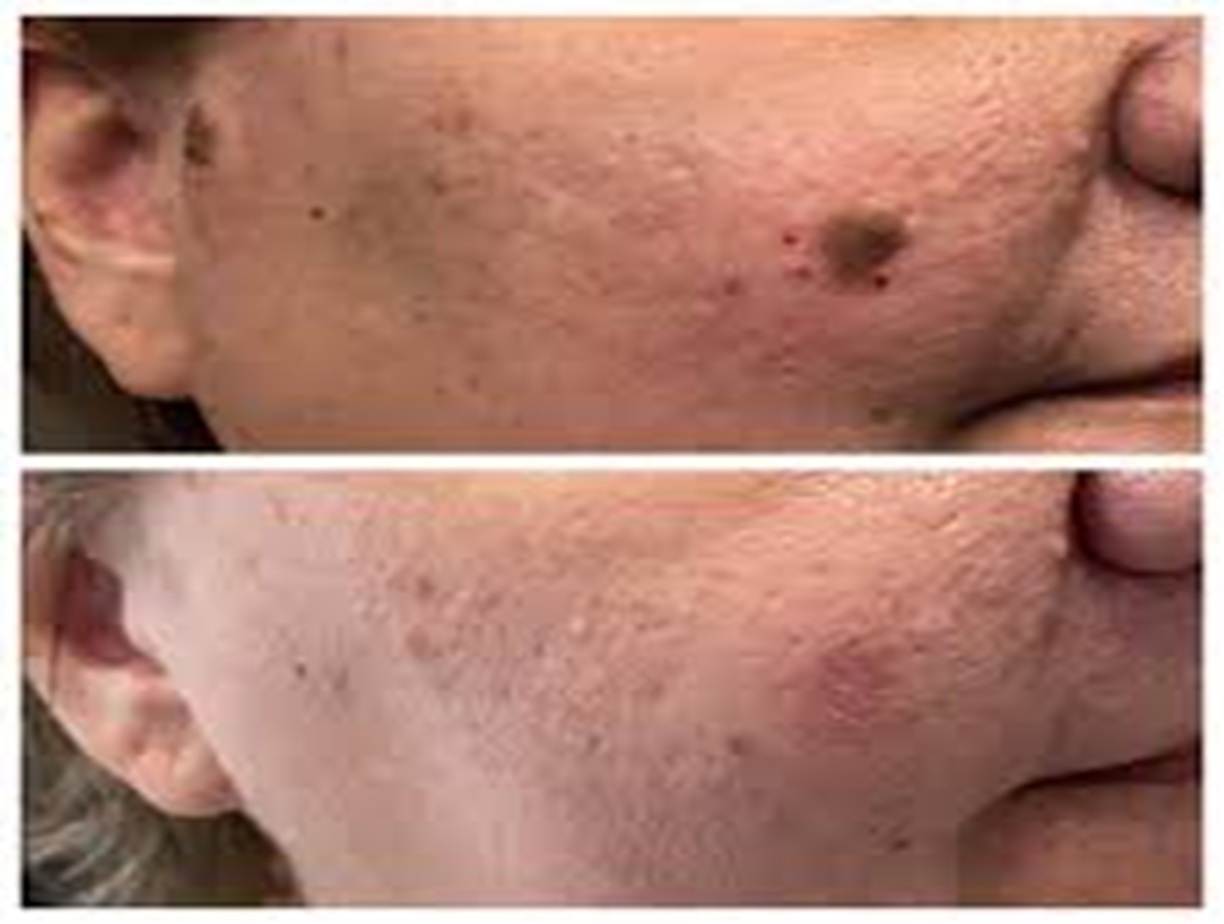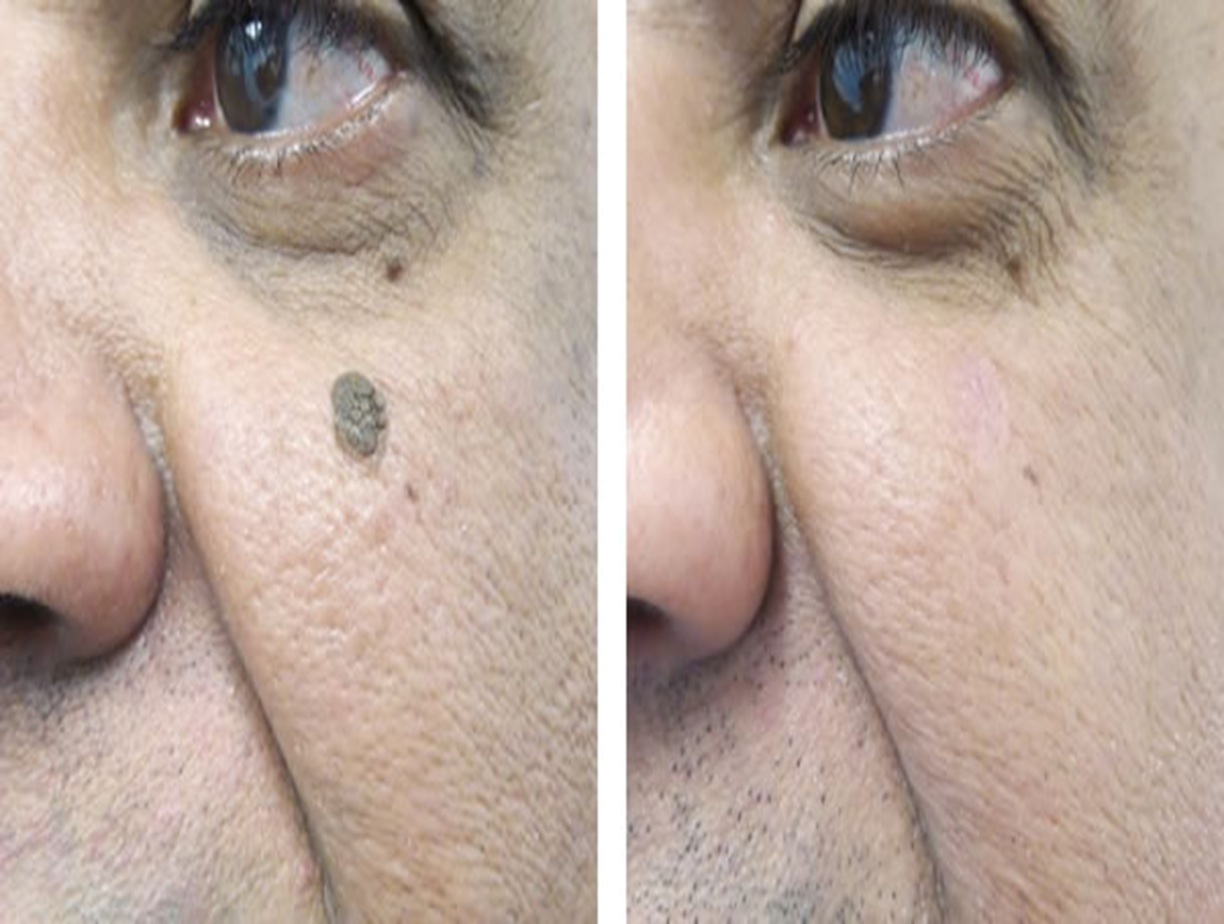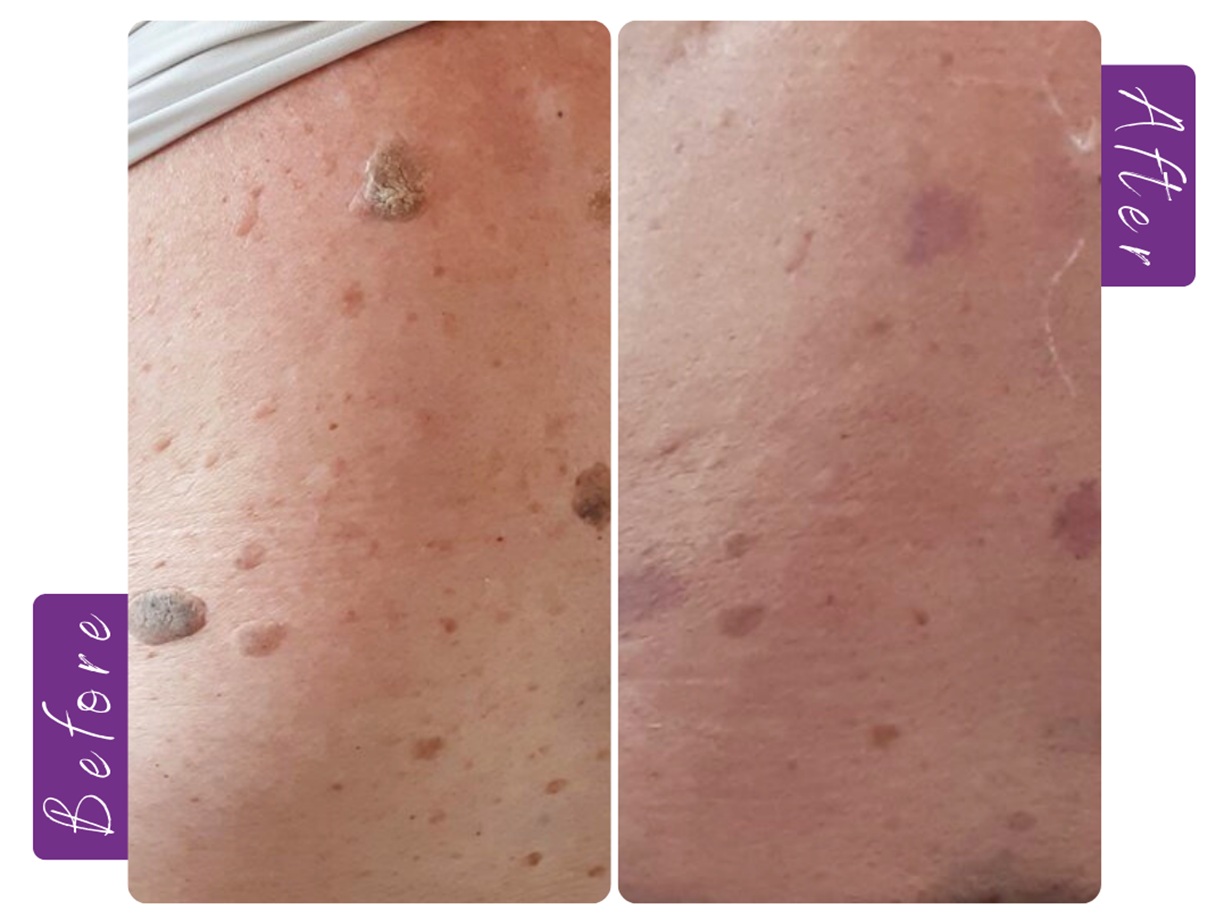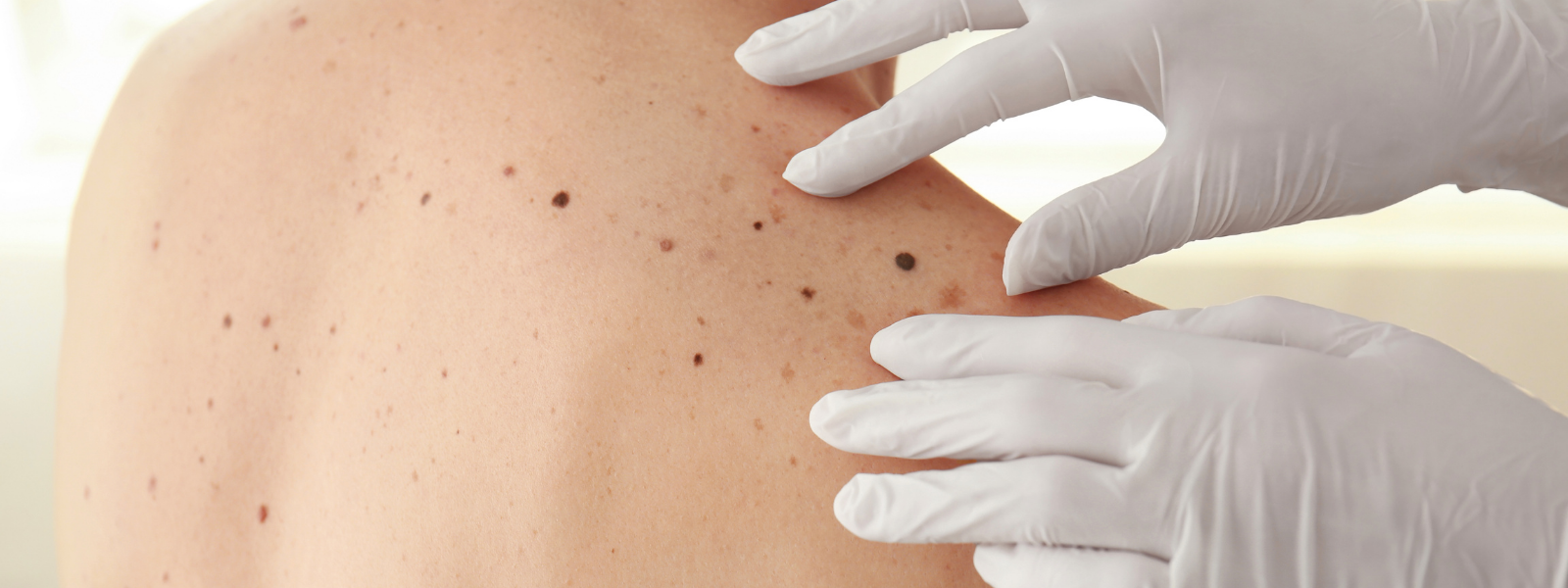
Professional Seborrheic Keratosis Removal Services in Altrincham
Seborrheic Keratosis
Seborrheic Keratosis Treatment in Altrincham
At Bollin Clinic in Altrincham, we offer effective and safe treatments for Seborrheic Keratosis, a common benign skin condition characterized by rough, wart-like growths. Our experienced dermatologists use advanced techniques to remove these lesions with minimal discomfort and scarring. Seborrheic keratosis can appear anywhere on the body and tends to increase with age. While harmless, these growths may cause irritation or cosmetic concerns. At Bollin Clinic, we provide personalised treatment plans tailored to your skin type and the size and location of the lesions. Our goal is to restore clear, smooth skin and improve your confidence. Conveniently located in Altrincham, Bollin Clinic ensures a comfortable and discreet environment for your treatment.
At Bollin Clinic in Altrincham, we offer effective and safe treatments for Seborrheic Keratosis, a common benign skin condition characterized by rough, wart-like growths. Our experienced dermatologists use advanced techniques to remove these lesions with minimal discomfort and scarring.
Our Expert Team & Modern Facilities
At Bollin Clinic, Altrincham, your care is in the hands of highly experienced surgeons who specialise in body contouring, post-pregnancy surgery, and advanced cosmetic procedures. Our medical team is dedicated to delivering safe, natural-looking results with precision and compassion.
We are proud to offer a state-of-the-art clinic equipped with modern surgical facilities, advanced technology, and a comfortable, discreet environment. From your first consultation through recovery, you’ll experience the highest standards of patient care and support.
- Highly qualified, board-certified surgeons
- Personalised treatment plans designed for your goals
- Safe, private, and fully regulated facilities
- Friendly, supportive team to guide you every step
Your transformation deserves expert care in a trusted setting. 👉 Book your consultation today at Bollin Clinic, Altrincham, and take the first step towards restoring your confidence and body shape.
Book NowWho is an Ideal Candidate for Seborrheic Keratosis Treatment
You may be suitable for Seborrheic Keratosis treatment if you:- Have visible seborrheic keratosis lesions causing discomfort or cosmetic concern.
- Are in good overall health and free from skin infections.
- Have realistic expectations about the treatment outcomes.
- Are looking for safe, minimally invasive removal options.
👉 Book your consultation today at Bollin Clinic, Altrincham, and take the first step towards clear, healthy skin.
Book NowWhy Choose Bollin Clinic for Seborrheic Keratosis Treatment?
At Bollin Clinic, we understand that skin concerns like seborrheic keratosis can affect your confidence and comfort. Our expert team is committed to providing safe, effective, and personalised treatments to help you regain healthy skin.
- Experienced Dermatologists – Skilled in diagnosing and treating seborrheic keratosis with precision and care.
- Personalised Treatment Plans – Tailored to your skin type and condition for optimal results.
- Advanced Removal Techniques – Using modern, minimally invasive methods for safe and effective treatment.
- Comfort and Care – Supporting you from consultation through recovery with expert guidance.
- Excellent Patient Satisfaction – Focused on natural results and improved skin health.
👉 Book your consultation now at Bollin Clinic, Altrincham, and take the first step toward healthier skin.
Book NowSeborrheic Keratosis: The Procedure
Consultation
A dermatologist will examine the skin lesions and confirm the diagnosis of seborrheic keratosis.
Treatment Options
Treatment may include cryotherapy (freezing), curettage (scraping), laser therapy, or electrocautery to remove the lesions.
Procedure
The selected treatment is performed quickly, usually in the clinic under local anesthesia or topical numbing agents.
Healing & Aftercare
Treated areas may form scabs that heal over 1-2 weeks. Avoid sun exposure and follow care instructions to reduce scarring.
Follow-Up
Follow-up appointments ensure complete healing and to check for any recurrence or new lesions.
Ready to Remove Seborrheic Keratosis?
Book AppointmentSeborrheic Keratosis: Before and After Photos
The images below show examples of Seborrheic Keratosis, a common benign skin growth. These pictures help illustrate typical appearances of seborrheic keratosis lesions on different parts of the body. For diagnosis and treatment options, we recommend consulting with a dermatologist.




What are the benefits of Seborrheic Keratosis treatment?
There are several benefits to treating seborrheic keratosis lesions:
- Improved skin appearance – Removal of seborrheic keratosis can restore a smoother, clearer complexion and improve skin aesthetics.
- Comfort and irritation relief – Treatment can reduce itching or irritation caused by friction or clothing.
- Prevention of further growth – Early removal can prevent lesions from growing larger or multiplying.
- Peace of mind – Diagnosis and treatment by a specialist ensures that benign lesions are correctly identified and not mistaken for more serious conditions.
At Bollin Clinic in Altrincham, we offer expert consultation and treatment options tailored to your skin needs for safe and effective removal of seborrheic keratosis.
👉 Book your consultation today and enjoy healthier, clearer skin with Bollin Clinic, Altrincham.
Book Now
Seborrheic Keratosis Removal
Frequently Asked Questions
Is seborrheic keratosis contagious?
No. SK is not contagious and cannot be spread from person to person.
Can seborrheic keratosis turn into skin cancer?
No. SKs are benign and not cancerous. However, it's important to have any suspicious or changing growths evaluated to rule out skin cancer.
Does removal hurt?
Removal methods are generally well-tolerated. Local anesthesia may be used for procedures like curettage or electrosurgery. Cryotherapy may cause a brief stinging sensation.
Will the lesion come back after removal?
Once removed, a specific lesion will not return, but new SKs can develop elsewhere over time.
Will I have a scar?
Minor scarring or skin discoloration is possible, especially with larger lesions or in individuals prone to pigmentation changes, but most procedures leave minimal or no scarring.
Can I remove seborrheic keratosis at home?
No. Home removal is not recommended and can lead to infection, scarring, or misdiagnosis of a more serious condition.
Is seborrheic keratosis removal covered by insurance?
If removal is done for medical reasons (e.g., bleeding, irritation, or diagnostic uncertainty), insurance may cover it. Cosmetic removals are typically not covered.

